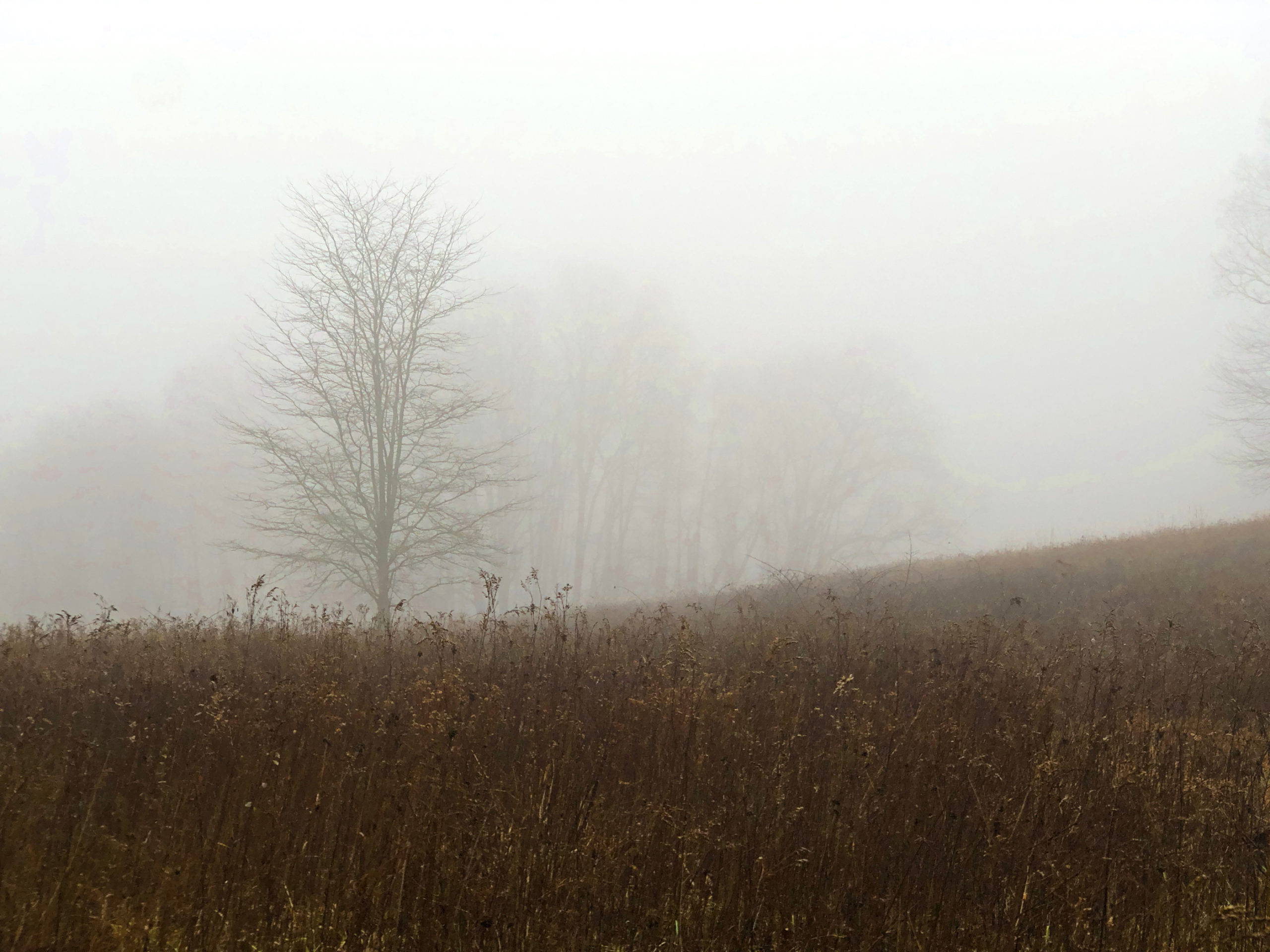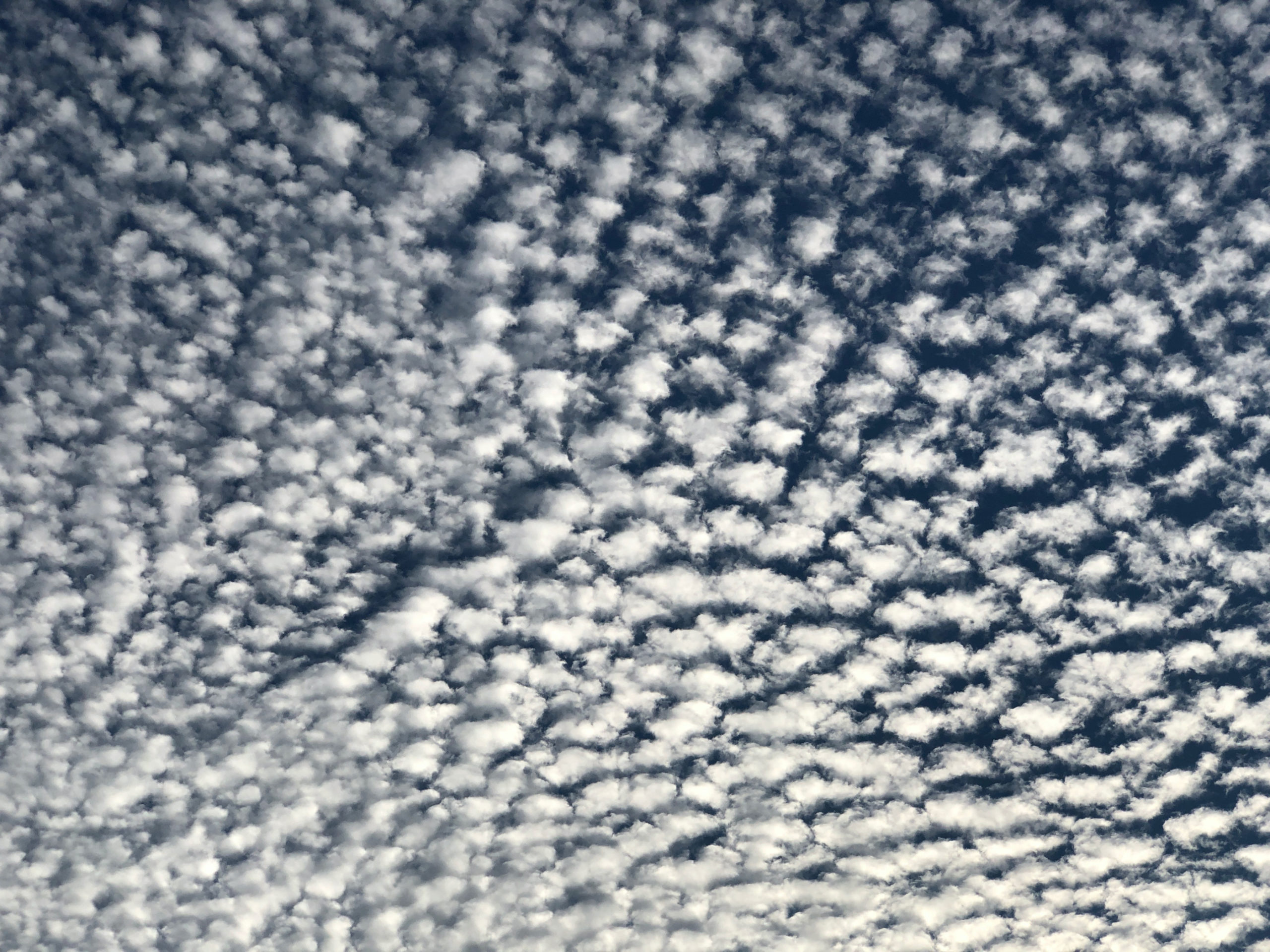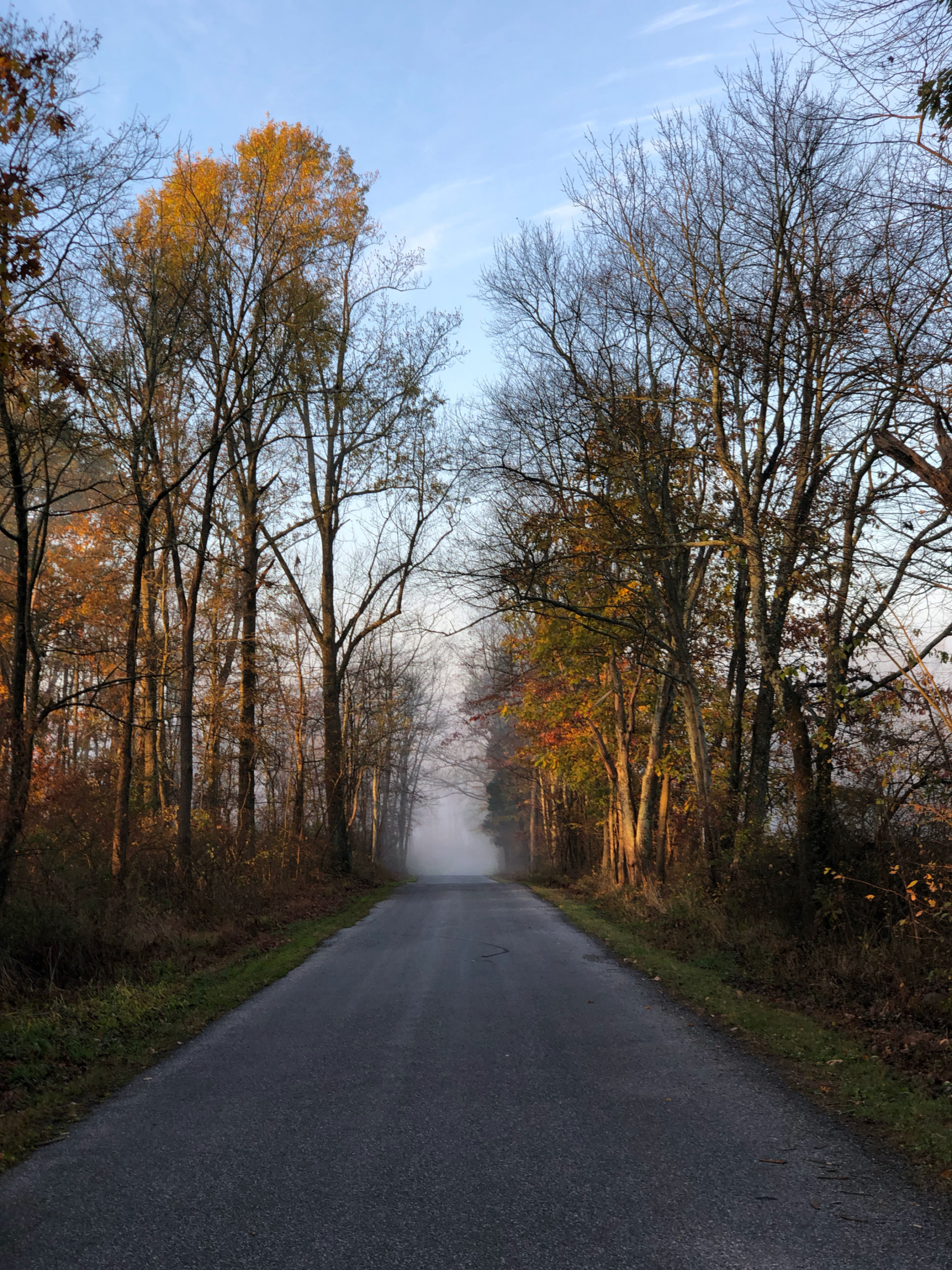Crow’s Nest: The Humility of Stewardship
By Daniel Barringer, Preserve Manager.

We define Stewardship differently at Natural Lands than most other land trusts. For most, it means monitoring lands on which they hold conservation easements and cultivating the relationships with the landowners of those lands.
For Natural Lands, it means physically taking care of the lands for which we’re responsible—the lands that we protect as our preserves. We also do plenty of easement monitoring and outreach with landowners, but because we manage our preserves, we have first-hand experience to share with those landowners. We have a whole department of staff and volunteers dedicated to Stewardship.
While we regard ourselves as experts in the field of land management, being expert in a complex field means also knowing that there is a lot we don’t understand, and so we are always striving to learn. Each member of our field staff brings unique interest, experience, and expertise, and so we have a lot to learn from each other. Each one of us is constantly reading, following the latest research, and sharing this information with colleagues both inside and outside our organization.

There’s often more than one way to achieve our goals and objectives, and each offers some advantages and disadvantages—and not all of those are immediately apparent. An “adaptive management” process means that we are constantly evaluating outcomes and adjusting our strategies as needed. New research and traditional wisdom offer more alternatives.
Natural Lands is doing some land stewardship practices that are among the oldest land management techniques and are also the latest state-of-the art; prescribed grazing and prescribed fire are the terms we use today. In other words, shepherding and historic practices now called cultural burning. Science and history tell us that the landscapes we inhabit today were profoundly influenced by Indigenous Peoples’ stewardship. Robin Wall Kimmerer’s book, “Braiding Sweetgrass” explains it best to me: the bounty that European settlers took to be Nature’s solely was the actually the result of a partnership with humans who understood how to encourage growth and harvest sustainably.

The word “stewardship” may have some baggage associated with it: for some people it implies “mastery over nature” and invokes cultural imperialism, as in “we know what’s best for you.” But I think our approach for care comes from a place of humility. We know we are not “in charge” but at best can do some things that nudge conditions in directions that are favorable to natural and human communities. We acknowledge the values behind our work: diversity, sustainability, accountability, community, humility.
These values are reflected in how we go about fulfilling our three-fold mission: save open space, care for nature, connect people to the outdoors. Land for life, Nature for all.
